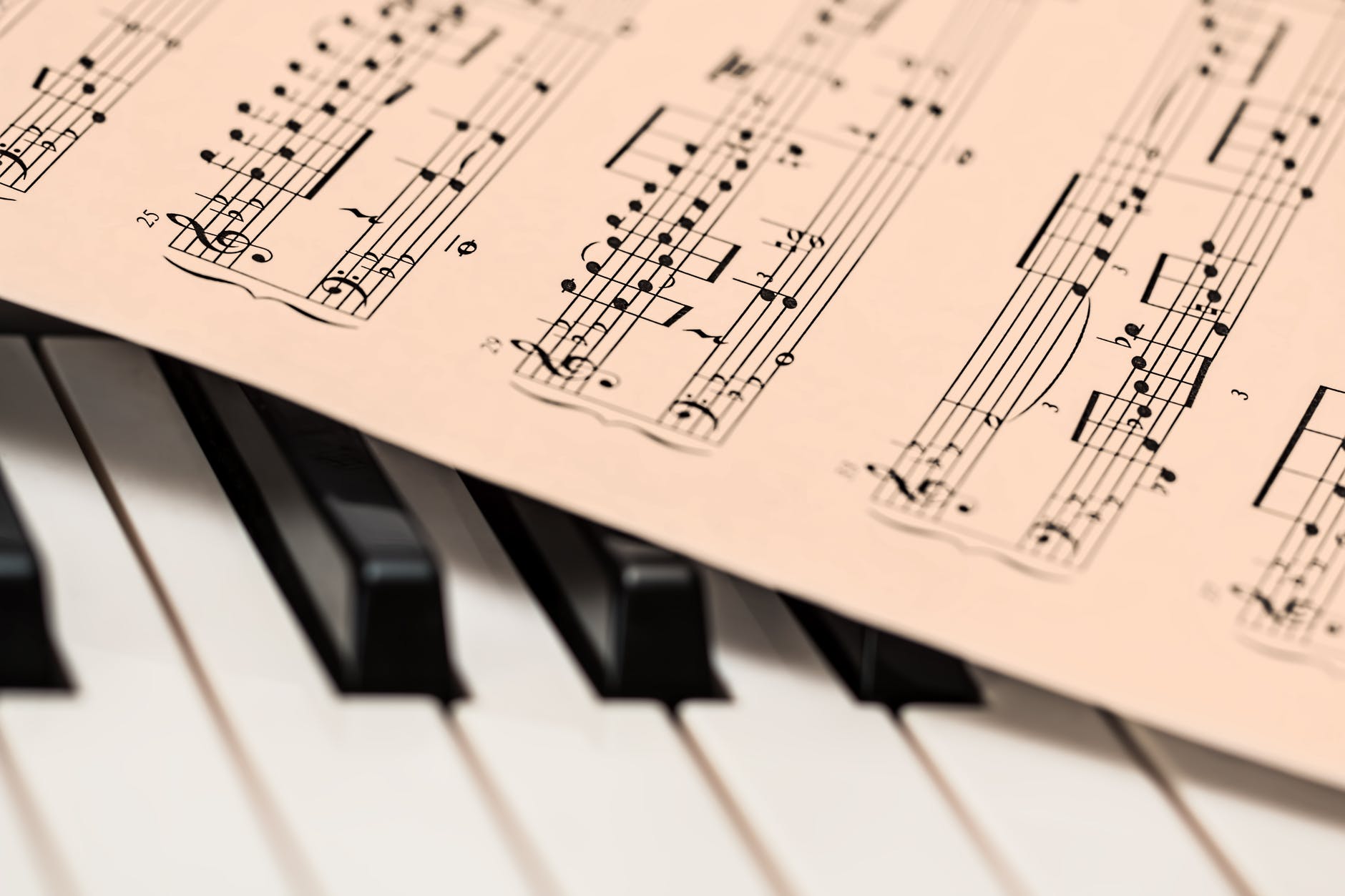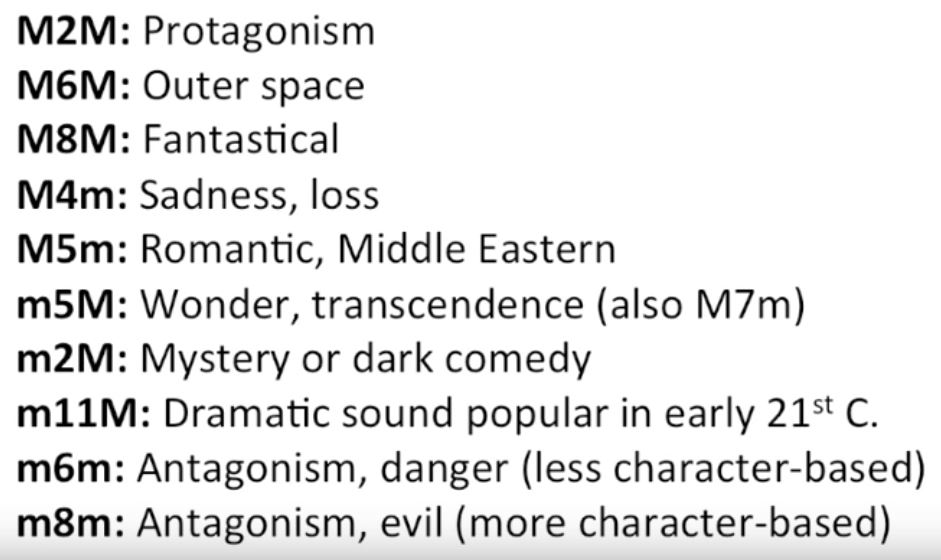
Thomas Newman has made some of the most lush-sounding and poignant soundtracks in history (in my opinion). His Shawshank Redemption soundtrack is excellent with its soft piano sounds.
I will update this with more as I learn more, so check back often.
Last updated: 27-June-2018

Composition
One thing that Mr. Newman does is he adds the minor note to the major chord, for example.
D flat major, minor and D flat Lydian are also used together, for example, in the Shawshank Redemption. 9th and sharp 4 also with a lot of spread triads.
This smart guy here has done a great job of analysis:
In trying to get that Thomas Newman sound in my compositions, I find that I start with a major or minor and then mix the two of them, resolving the melody to match both beginning and ending. I also make small steps within each chord change (or melody) to foreshadow the next chord coming. In this way, I can make smooth transitions similar to what I hear in Thomas Newman’s works.
Chord Progressions
Certain chords played together in a pattern give a sentiment or feel to a piece of music.
In general you can play a Major and minor triad in this way:
Major chord is a root (pick any note) then move 4 and 3 steps away and use these to make the chord.
A minor chord is similar but move 3 then 4 steps away.
The distance that separates the root notes of the major and minor chords is important also. Let’s say it is 5 notes apart and you play a major then minor. This would be denoted as “M5m.”

Motif
A motif is a set of notes that highlights or defines the theme of the composition or score. In many cases, it ties a set of pieces together by giving them a common theme.
A good example is Close Encounters of the Third Kind with the five-note sequence of the tune used to communicate with the aliens. Another example is the music within the Lord of the Rings movies where there is this underlying theme of notes.
A good article on composition techniques can be found here: http://www.midifilmscoring.com/music-composition-techniques-supporting-a-melody/
Mode
The Lydian mode is used a lot in film scores. It is 1 2 3 #4 5 6 7 or in the key of C Lydian C D E F# G A B . This is a sharp 4th note of the scale.
Also, before I forget, I should let you know that you can get my infrequently-published newsletter delivered to your inbox – just click here. (It’s not spam – just useful information, and you can quit any time.)